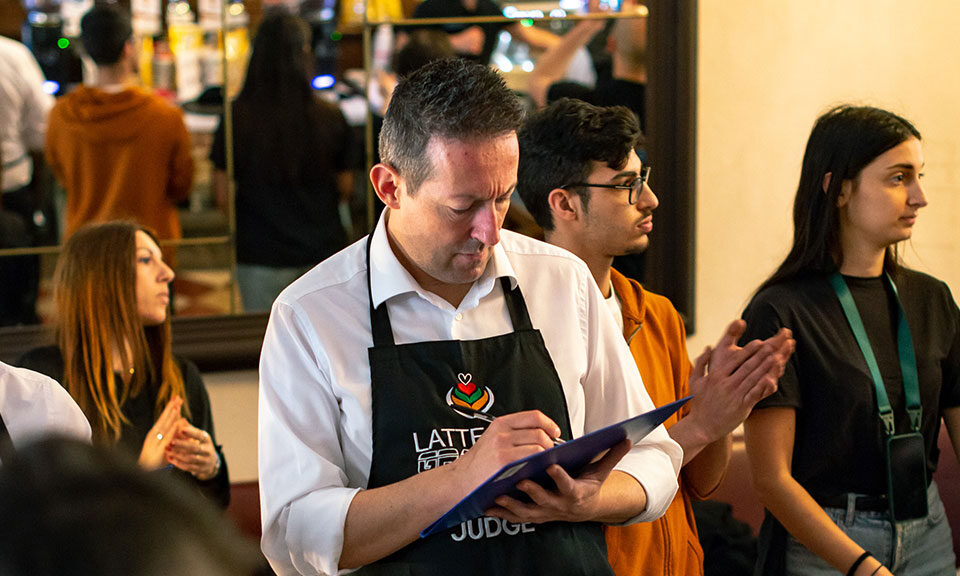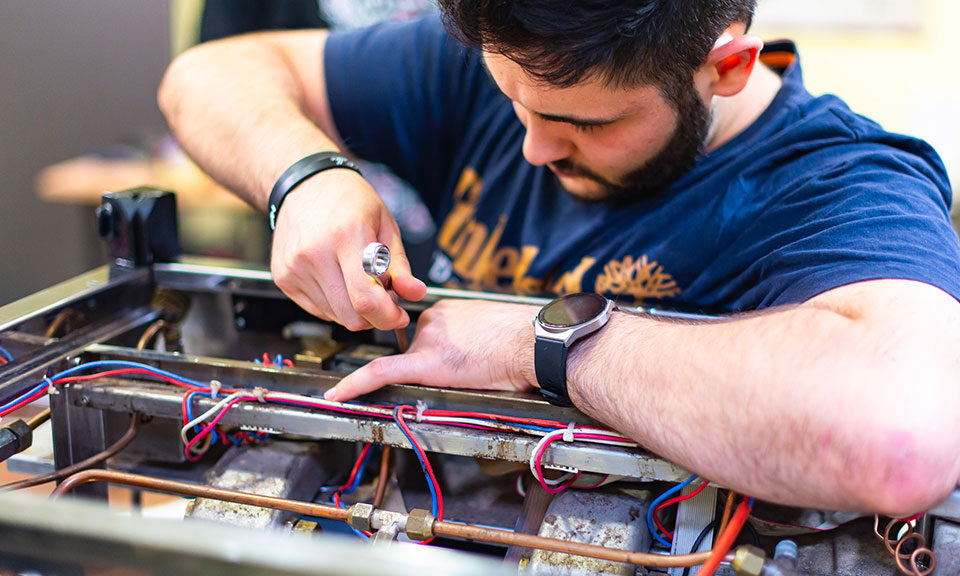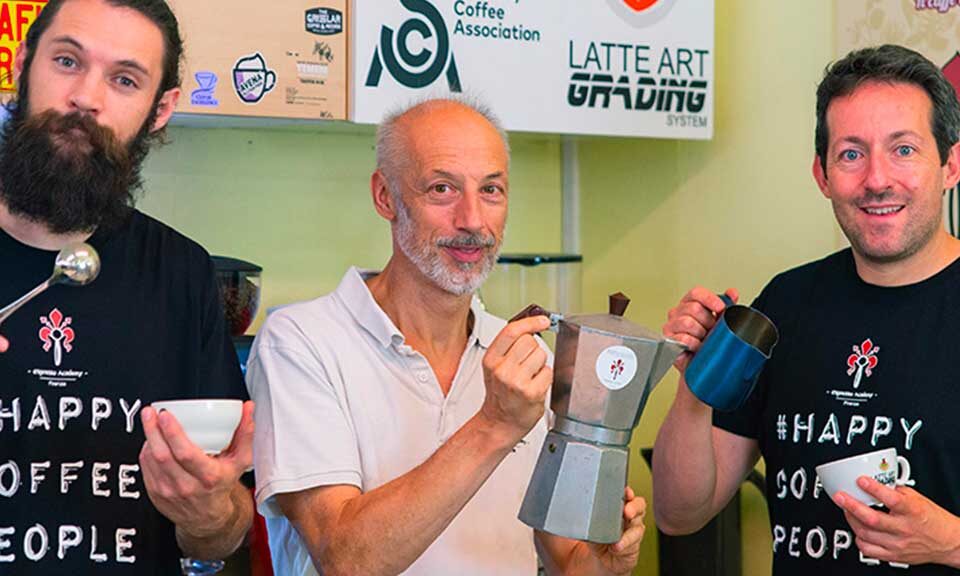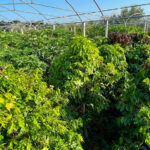
A Trip To Coffee Plantations? Espresso Academy Invites You to Sicily!
15 April 2024
The Booming of Coffee Culture and Barista Training in Saudi Arabia
30 September 2024How the price of Arabica and Robusta Coffee work

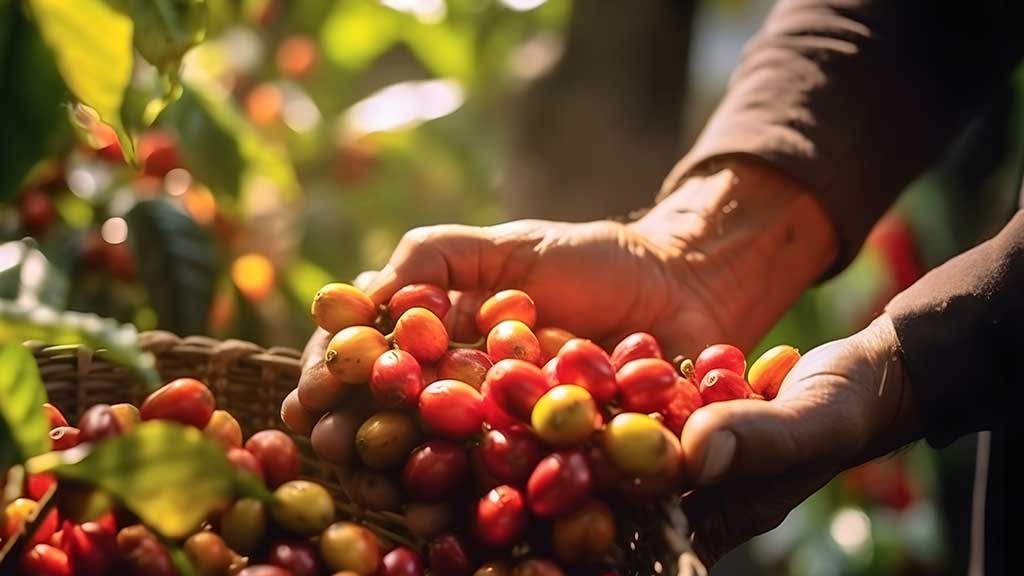
How the price of coffee is determined
We know the reference markets: coffee is traded in New York for Arabica and in London for Robusta. But how is the price of coffee determined? In this post, we’ll explore a world where prices are influenced by climate, demand, and speculation.
You may often read in newspapers or on social media about the latest price increases for a cup of coffee. If these posts or articles aren’t just being argumentative (which often happens), they will try to explain how the price of coffee is influenced by certain climatic elements, such as prolonged drought in Asia or an overly cold winter in southern Brazil. As you can imagine, these events lead to a scarcity of coffee, which, combined with an increase in demand (for example, more people drinking coffee in China), causes the price of coffee to rise.
But how exactly does this mechanism work? How is the price of coffee determined? Who sets the quotes for Arabica coffee or the price increases for Robusta coffee?
Like other commodities, this is done by the stock exchange. If you’re curious about how the coffee market works, sit back and get ready for an immersion into the world of finance.
Commodity or specialty?
The first important element: what type of coffee are we talking about in terms of quality? For several years now, the coffee market has been divided into two major areas: one huge and one growing.
The commodity coffee market represents about 98% of the total. This segment includes coffee often blended together, of variable quality but never very high. These coffees are used in supermarkets, most bars and cafes, for pods and capsules, for decaffeinated coffee, and for coffee-based preparations (ice creams, chocolate, flavors, etc.).
Specialty coffee, on the other hand, makes up a small but growing portion of the market. These are high or very high-value coffees, often traceable to the farm level and marked with a technical score ranging from 80 to 100 points.
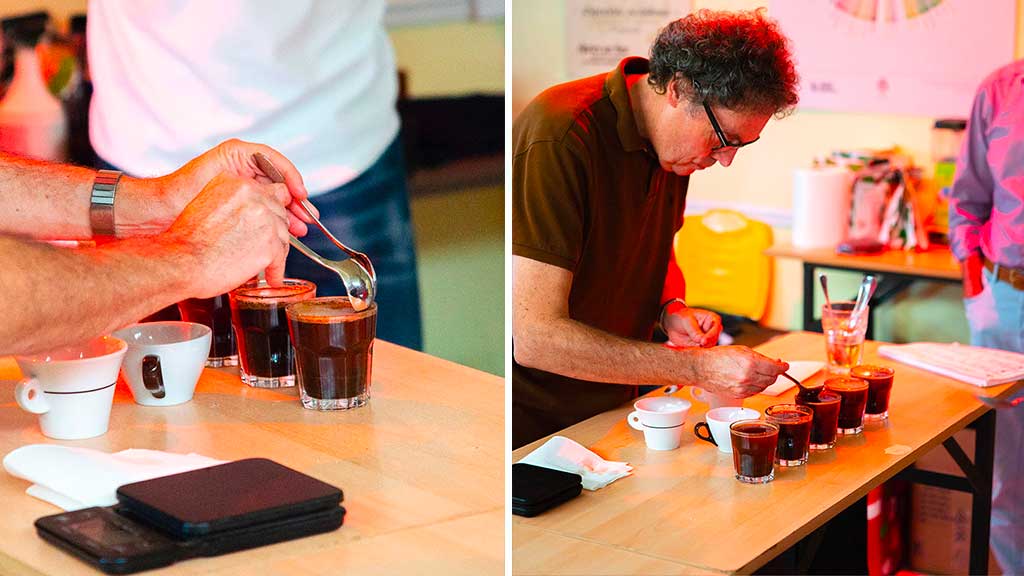
Specialty coffees are usually sold through online auctions or direct relationships with growers. We won’t discuss these coffees in this post, but if you’re fascinated by the specialty culture, you can start discovering how the cupping process works—the tasting process by which these coffees are evaluated—by visiting the page on coffee tasting courses and participating in our coffee sensory Courses.
In this post, we will instead focus on how the price of commodity coffee is determined, coffee that, like other commodities such as grains or metals, is traded in the cathedral of negotiations and finance: the stock exchange.
How the price of coffee is determined on the stock exchange
On international markets, Arabica coffee is mainly traded on the ICE Futures US (Intercontinental Exchange) based in New York, while Robusta is traded on the London International Financial Futures and Options Exchange (LIFFE).
Coffee is traded through futures contracts, which are agreements to buy or sell a specific quantity of coffee at a predetermined price at a future date. These contracts allow coffee producers and traders to hedge against price fluctuations, ensuring some economic stability. Investors also use futures contracts to speculate on coffee price movements, but this complex topic, which leans more towards finance than coffee, will be left for another post.
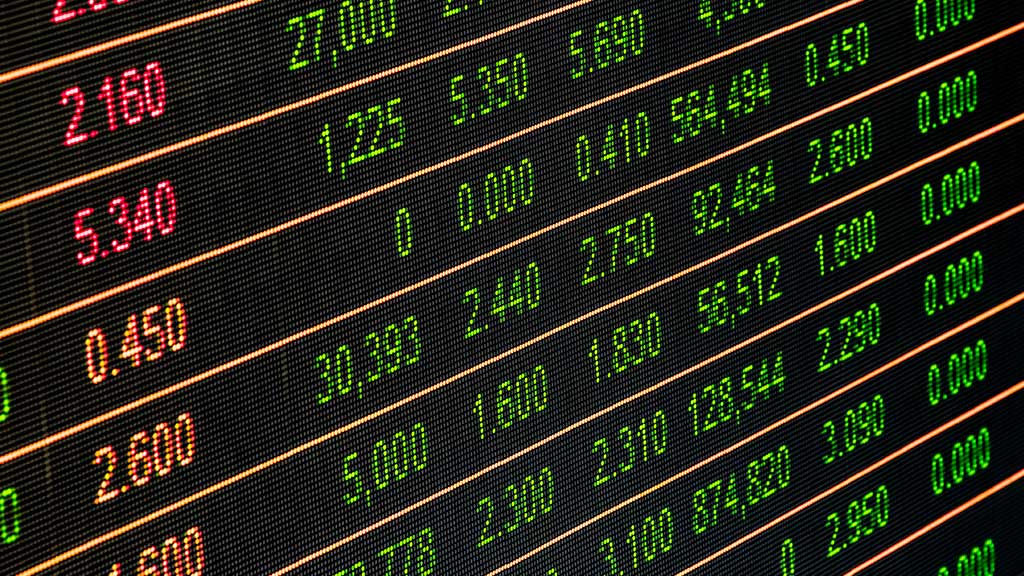
These are the reference prices, which you can follow on sites specialized in the futures market: IFC Markets.
Like any stock or commodity traded on the stock exchange, coffee prices fluctuate on the charts, depending on a series of factors, some clear, others less tangible. Among them could be:
- Climatic conditions and extreme weather events
- Agricultural policies of producing countries
- Growth or decline in global demand
- Market speculation
- Transport difficulties, such as the current blockade of ships in the Red Sea due to Houthi guerrilla warfare, can also cause price fluctuations.
How the price of coffee is calculated: Quality and Inflation
High-quality coffees, as we have seen, are often destined for the specialty market, which usually guarantees smaller volumes but better margins. However, even among commodity coffees, the quality of coffee can influence the price.
In the Arabica market, for example, the price of coffee is based on the so-called “grade C,” an ideal reference that we could consider, in terms of quality, as a “perfectly average” coffee. Starting from this price, coffees considered better in terms of selection, size, and taste are traded at a higher price. Conversely, coffees considered inferior to “grade C” (sometimes even for aesthetic reasons, such as very small beans) are sold at lower prices. These price differences compared to “grade C” are called “differentials.”
It should be noted that some coffees are traded at higher prices simply because they come from countries or territories considered more “noble.” Colombian coffees, for example, are always sold by calculating the market price set on the stock exchange plus a “premium” related to the territory of origin.
Speaking of some countries and regions, it should also be noted that fluctuations in national currencies relative to the dollar complicate things. It could happen, for example, that the coffee market is rising, but the coffee itself is paid less in US dollars due to inflation affecting that particular producing country.
How much does a ton of coffee cost?
As a further step in understanding how the price of coffee is determined, we must consider that since it is traded financially on two Anglo-Saxon stock exchanges, it is not quoted and evaluated in kilos, tons, or Euros, but in dollars and ounces.
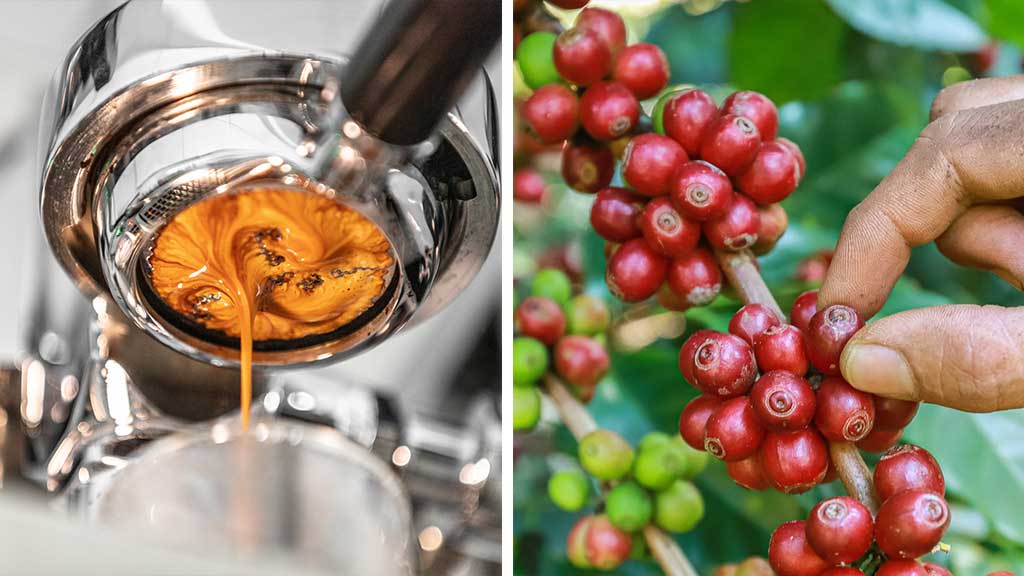
In the case of Arabica coffee, its price is expressed in US cents per pound. The standard contract, the minimum purchasable on the market, is 37,500 pounds (or 283.5 bags of 60 kg, just over 17 tons).
The pound (or lb) is a unit of measurement equivalent to 453.59 grams, and to better understand how to convert these prices, we can say that in April 2024, Arabica coffee was quoted at 240 US cents per pound. To get the price per kg, you could divide the price (240) by the grams in a pound (453) to get the price per gram, then multiply by a thousand (the grams in a kilo). In this case, the price would be $5.29 per kilo, corresponding to €4.91 at that day’s exchange rate, a price that brought the “C” price of a ton of Arabica coffee to around €4,900.
The price and increases of Robusta Coffee
As for Robusta, its price on the futures market is expressed by the London Stock Exchange in US dollars per metric ton (1000kg). The standard contract refers, more linearly, to 10,000 kg (or 166.67 bags of 60 kg).
Since it is already expressed in tons, to identify the price per ton of Robusta, you just need to calculate the Euro/US Dollar exchange rate.
In April 2024, for example, the quotation of Robusta, in sharp increase, was $4,080 per ton, for a price per kg of $4.08, corresponding, at that moment, to €3.79 per kilo (therefore €3,790 per ton). Indeed, a significant increase. At the time of writing, one of the “hot” topics in the coffee world is the price of Robusta coffee, which has surged in the markets, reaching more than double the quotations of 2023.
Among the causes of this increase, analysts mainly identify two:
- Prolonged drought in Asia, which is endangering crops in Indonesia and India
- Transport difficulties due to the war in Yemen, through the Suez Canal, forcing ships to take a long and costly detour around Africa.
To these causes, we can add another that will likely mark the future of the coffee market: climate change.
The cultivation of Arabica requires tropical but relatively cool climates. For this reason, this species finds its ideal habitat above 1000 meters of altitude. However, rising temperatures are also being felt at those altitudes, and therefore, Arabica cultivation is moving higher and higher, finding increasingly sterile and unproductive soils.
The scarcity of suitable lands will likely reduce Arabica production and push up the cost of Robusta, which will become increasingly indispensable.
What is the price of Coffee per kilo for a bar?
Knowing the price of coffee on the stock exchange only partially helps us determine and evaluate the price of coffee per kilo, perhaps the price our roaster charges us for our bar.
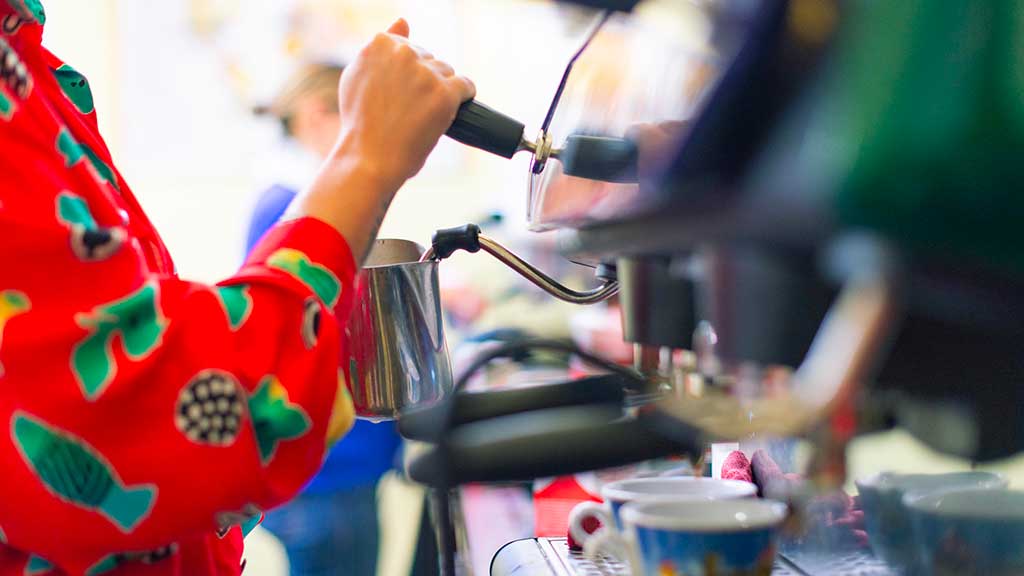
This coffee will be purchased by intermediaries who will sell it to roasters, who will then have to roast it (with consequent extensive use of gas), package it, and ship or deliver it, with all related costs. Therefore, it is tough to find coffee of at least decent quality for less than €13/15 per kilo.
Usually, external factors will vary this price, typically upwards. One of the most common is the “loan for use” formula, through which the roaster “gives” the barista the coffee machine, the grinder, the water softening system, the cups, and other necessary equipment to secure the customer.
It is clear that these pieces of equipment are not really free but will be “spread” by the roaster over the coffee price, bringing low-quality coffee to cost up to €24, €28, and even more than thirty Euros per kilo.
Conclusion
Understanding how the coffee market works is essential to grasp the price variations we see daily. The stock exchange and futures contracts play a crucial role, determining prices through complex and variable mechanisms.
For those interested in the quality and nuances of coffee, the specialty coffee world offers a fascinating and ever-growing panorama. Knowing these market dynamics helps us make more informed choices as consumers and, above all, as professional operators.


